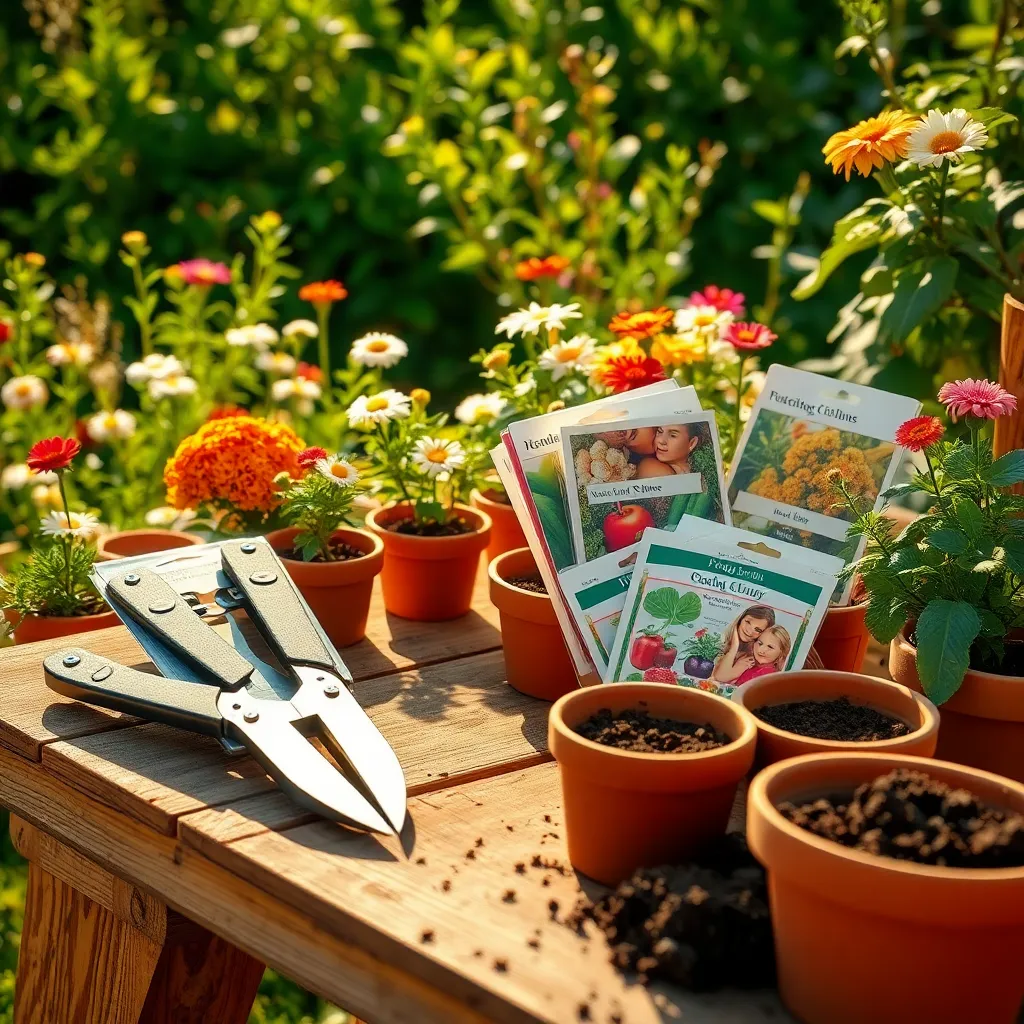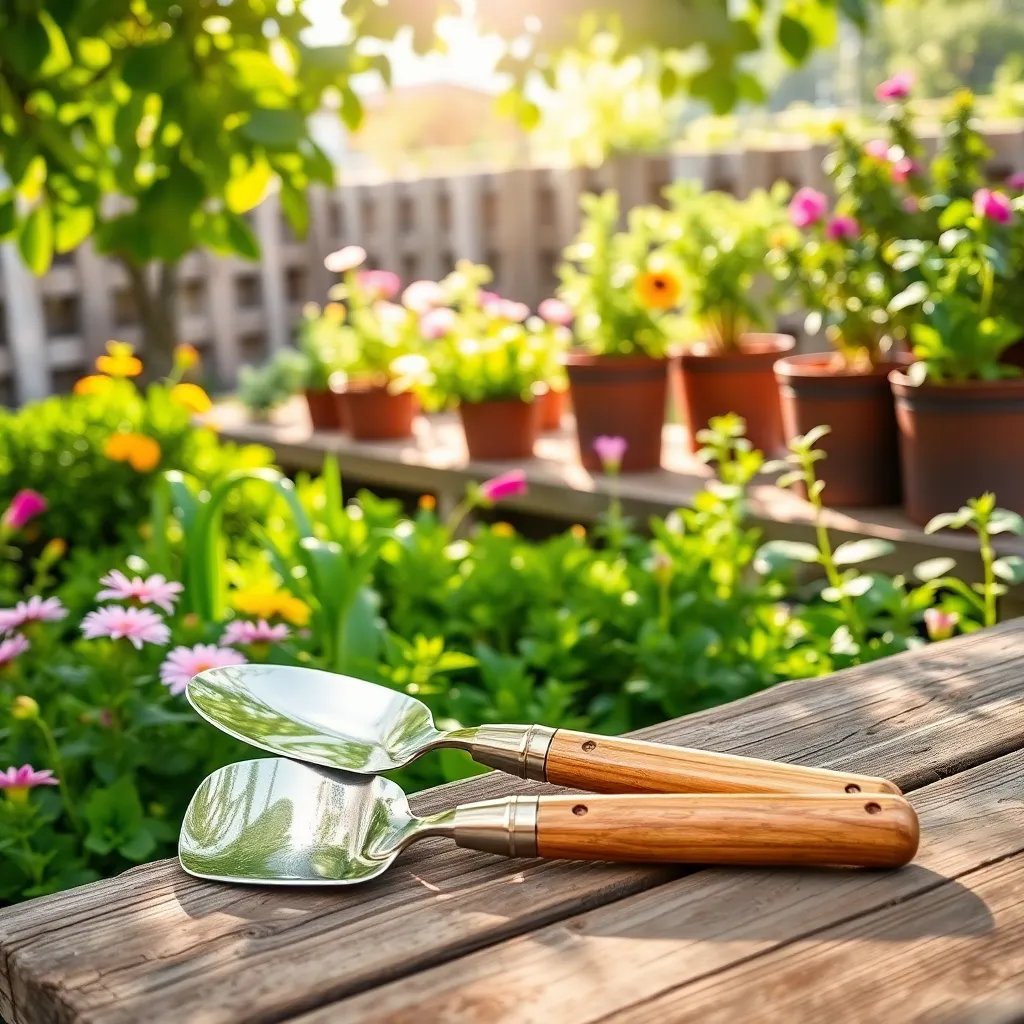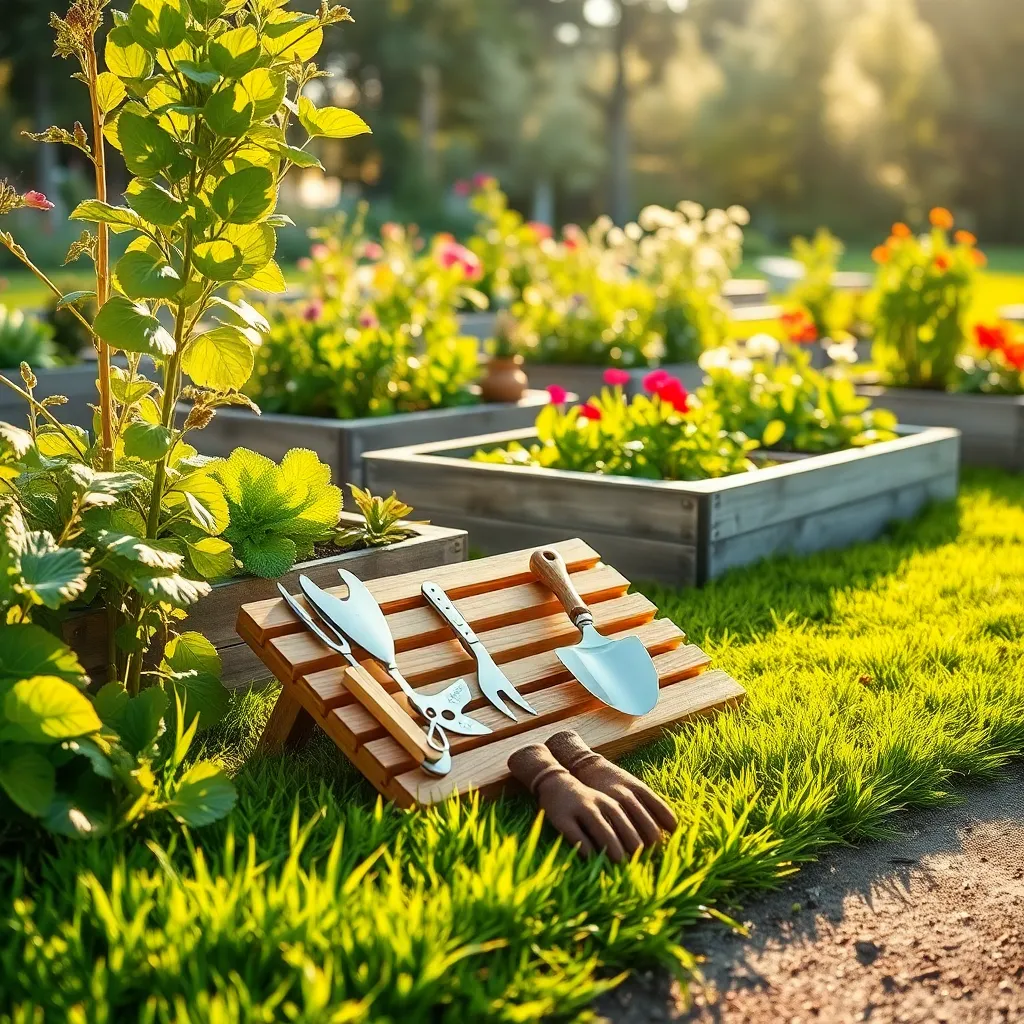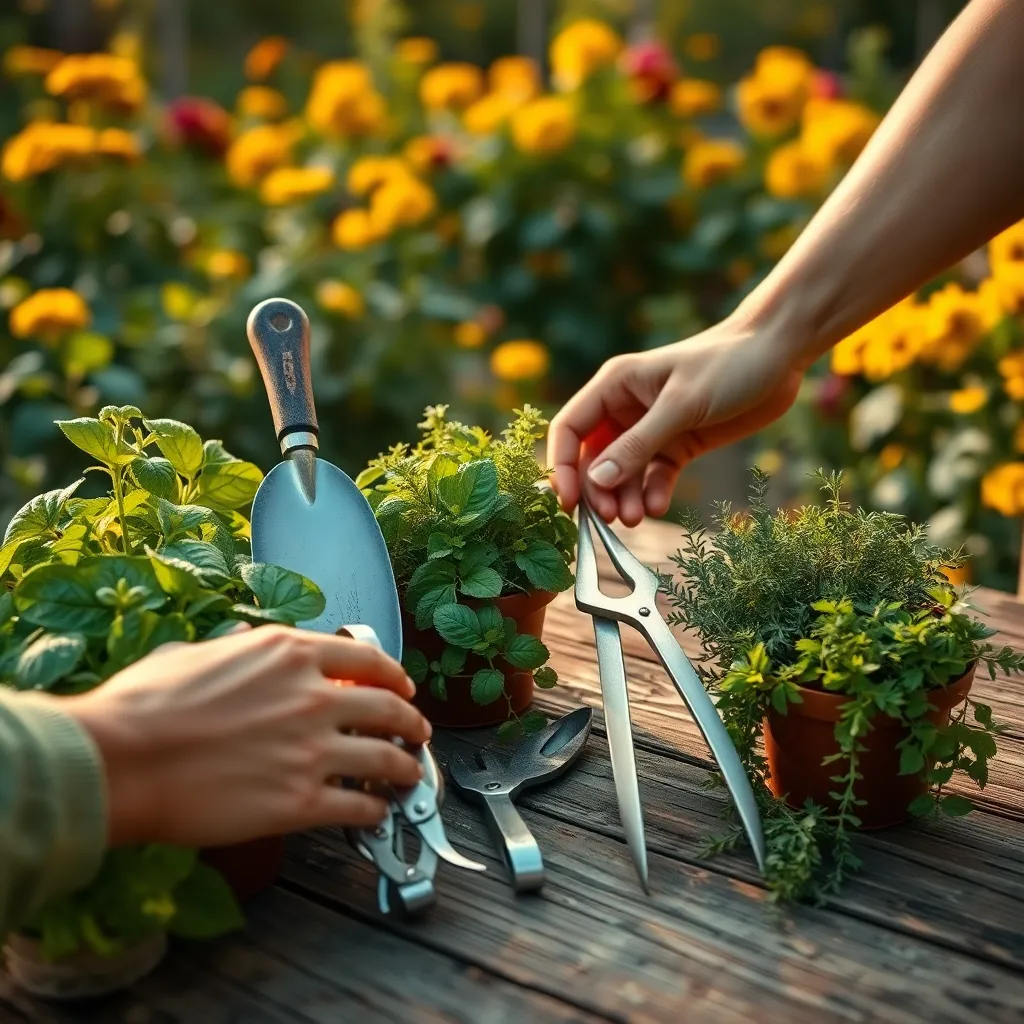A garden can be a sanctuary, a place where the worries of the world fade into the gentle rustle of leaves and the vibrant hues of blooming flowers. Whether you’re just starting out or have years of experience, one truth remains universal: the right tools can transform your gardening experience from a laborious task into a joyous hobby.
For those new to the gardening world, selecting tools may seem like a daunting task amidst the myriad of options available. Seasoned gardeners, on the other hand, may find themselves stuck with well-worn tools that no longer serve their purpose efficiently.
This article will guide you through the essential considerations for choosing the right garden tools, tailored to both your needs and your garden’s unique demands. By the end, you’ll be equipped with the knowledge to make informed decisions, ensuring that every dig, prune, and plant is executed with precision and ease.
Let’s embark on this journey together, where you’ll discover how investing in the right tools can save you time, effort, and even enhance the health of your plants. Get ready to cultivate not only your garden but also your passion for gardening with the right set of trusty companions.
Identify Your Gardening Needs

Understanding your gardening needs is crucial for choosing the right tools. Begin by evaluating the type of garden you have, whether it’s a small balcony setup or a sprawling backyard oasis.
Consider the types of plants you will grow, as this affects the tools you’ll need. For instance, vegetable gardens require different tools compared to ornamental flower beds.
Assess the soil type in your garden, as this influences plant selection and tool requirements. Sandy soil, for example, may need amendments to improve water retention, affecting your tool choices for soil preparation.
Think about the climate in your area, as it dictates the planting schedule and maintenance needs. In regions with heavy rainfall, tools like rain gauges and drainage aids may be essential.
Identify your gardening goals, such as whether you’re aiming for a low-maintenance garden or planning to grow specific plants like roses or tomatoes. Each goal may require specialized tools, such as pruning shears for roses or stakes for tomatoes.
Finally, consider your physical capability and preference for manual versus powered tools. This ensures you select tools that are comfortable to use, making your gardening experience both enjoyable and sustainable.
Research Tool Functions

Understanding the functions of various garden tools can significantly enhance your gardening experience. By knowing how each tool operates, you can select the right ones to make your gardening tasks more efficient and enjoyable.
Begin with the basics: a trowel is a small hand tool used for digging small holes or transplanting seedlings. Its pointed blade is perfect for working in tight spaces and handling delicate plants with care.
For larger soil preparation tasks, a spade is essential. This tool is designed for digging, edging, and breaking up soil, providing a clean and precise cut through the earth.
Consider investing in a high-quality hoe if your garden space requires frequent weeding. A hoe is designed to slice under the soil surface, cutting weeds at the root and preventing regrowth.
For more advanced gardening, a pair of pruning shears is crucial for maintaining healthy plant growth. Use pruning shears to trim dead or diseased branches, encouraging plants to focus their energy on new growth.
Remember, the right tools can make all the difference in maintaining a thriving garden. Choose tools that are comfortable and suited to your specific gardening tasks to ensure both efficiency and ease.
Evaluate Tool Quality and Durability

When evaluating garden tools, it’s essential to consider the materials they’re made from, as this directly impacts their durability. Tools with high-quality steel blades, such as stainless or carbon steel, tend to maintain their edges longer and resist rust better, ensuring they perform well over time.
Look for tools with ergonomic handles, as these provide comfort during extended use. Handles made from hardwood or fiberglass offer both strength and a comfortable grip, reducing hand fatigue and enhancing your gardening experience.
Checking the weight of the tool is another critical factor, especially for gardeners with limited strength or mobility. Lightweight tools can be easier to maneuver, but it’s important to ensure they are still sturdy enough for tough tasks.
For advanced gardeners, investing in tools with replaceable parts can be beneficial. This allows for tool longevity as you can replace the blade or handle instead of purchasing a whole new tool, which is both cost-effective and environmentally friendly.
Consider Ergonomics and Comfort

When selecting garden tools, it’s crucial to consider ergonomics and comfort to enhance your gardening experience. Tools that are well-designed can reduce strain on your body, allowing you to garden for longer periods without discomfort.
Look for tools with soft, non-slip grips that fit comfortably in your hands, as these can minimize hand fatigue and prevent blisters. Adjustable handles are a great option for ensuring the tool suits your height and posture, which is particularly beneficial for reducing back strain.
For those with arthritis or joint issues, seek out tools specifically designed to be lightweight and easy to handle. Many manufacturers offer ergonomic versions of common tools, such as pruners and trowels, which feature angled handles and cushioned grips to reduce the effort required during use.
It’s also helpful to test out tools before purchasing them, if possible, to ensure they feel balanced and comfortable in your hands. Consider visiting a local garden center where you can try out different models and ask knowledgeable staff for recommendations based on your specific needs.
Test Tools Before Purchase

Before making a purchase, it’s crucial to physically handle the garden tools you’re considering. This helps you assess the weight, balance, and grip comfort of the tools, ensuring they are well-suited for your gardening tasks.
Visiting a local garden center allows you to test the tools in a real-world environment. Take the opportunity to mimic common gardening actions, such as digging or pruning, to ensure the tools feel natural and efficient in your hands.
Consider borrowing tools from a friend or a community garden for a trial run. This practical approach gives you firsthand experience with different brands and models, helping you make an informed decision.
If visiting a store isn’t possible, read user reviews and watch demonstration videos online. Pay close attention to reviews from gardeners with similar needs to yours, as they can provide insights into the tool’s durability and effectiveness over time.
Conclusion: Growing Success with These Plants
In choosing the right garden tools for nurturing your relationship, we explored five essential concepts: understanding each other’s needs, communicating openly about expectations, investing in quality time together, maintaining your relationship regularly, and adapting to changing circumstances. These principles are the foundation of any thriving partnership, much like the right tools are for a flourishing garden.
As your actionable next step, take a moment today to discuss with your partner which “tools” your relationship might need right now. Is it more time together, a shared hobby, or simply a deeper understanding of each other’s feelings? Identifying these needs will set you on the path to a more resilient and fulfilling relationship.
Remember, relationships, like gardens, require ongoing care and attention. Bookmark or save this article as your go-to guide for relationship support—because the tools you choose today can cultivate a future of joy and understanding tomorrow.
Let this be a step towards a more connected and rewarding partnership. By revisiting these principles and taking proactive steps, you’re investing in a future where your relationship can truly thrive. 🌿
